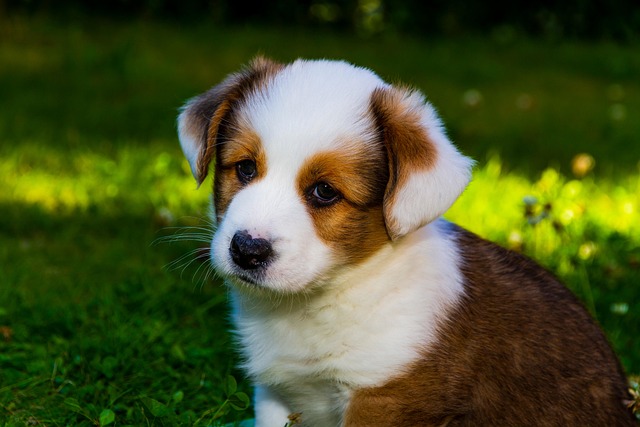
How to clean a dog's eyes
When we look into our dogs' eyes, their bright and lively eyes seem to be able to speak, conveying dependence and trust.
When the glass door of the pet hospital reflects the dog's droopy appearance, and when the hair ball with loose stools sticks to the floor, the dog owner's heart is like a ball of yarn being pulled. Diarrhea may seem common, but it may be a warning sign of many diseases, and the feeding time after diarrhea is a key node for the dog's recovery.
The essence of diarrhea is that after the intestinal mucosa is stimulated, it accelerates peristalsis and secretes a large amount of fluid, resulting in the inability of feces to form normally. In this process, the dog's intestinal flora is disordered, the activity of digestive enzymes is reduced, and the intestinal wall cells are in a state of stress. Just like a garden that has experienced a storm, the soil is loose and the plant roots are damaged. If you rush to fertilize at this time, it will increase the burden. Mild diarrhea may be caused by eating spoiled food, catching a cold, or suddenly changing dog food; but if accompanied by vomiting, fever, blood in the stool, etc., it is very likely to be infected with parvovirus, parasites, or even intestinal tumors. These potential causes determine different strategies for feeding time.
In the early stage of dog diarrhea, the first task is not feeding, but maintaining electrolyte balance in the body. When a dog has frequent diarrhea, a large amount of water, sodium ions, potassium ions and other electrolytes are lost with the feces, just like the sand in an hourglass constantly flowing away. Once the balance is out of balance, it may cause dehydration, shock, and even life-threatening. The owner can use a syringe or a pet-specific medicine feeder to feed the dog a small amount of warm water or pet electrolyte solution every 15-20 minutes, 5-10 ml each time, so that the water slowly soaks the dry land like spring rain. If the dog vomits, stop feeding water to avoid choking and coughing, and seek medical attention in time for intravenous rehydration.
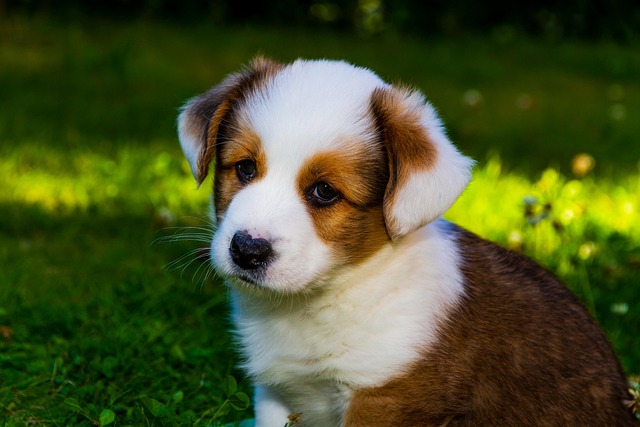 Generally speaking, it is not recommended to feed the dog immediately within 6-12 hours after the dog stops diarrhea. This period of time is like giving the tired intestines a vacation to let it recover from high-intensity work. Some owners see the dog licking the empty bowl, with eyes full of desire to beg for food, and can't help wanting to feed it, but feeding at this time is like sprinkling salt on a wound that has not yet healed. You can judge the recovery of the intestine by observing the dog's mental state, whether it actively seeks food, and whether its abdomen is soft. If the dog is still listless, lying in a corner without moving, or resisting when the abdomen is touched, it means that the intestine is not ready to welcome food.
Generally speaking, it is not recommended to feed the dog immediately within 6-12 hours after the dog stops diarrhea. This period of time is like giving the tired intestines a vacation to let it recover from high-intensity work. Some owners see the dog licking the empty bowl, with eyes full of desire to beg for food, and can't help wanting to feed it, but feeding at this time is like sprinkling salt on a wound that has not yet healed. You can judge the recovery of the intestine by observing the dog's mental state, whether it actively seeks food, and whether its abdomen is soft. If the dog is still listless, lying in a corner without moving, or resisting when the abdomen is touched, it means that the intestine is not ready to welcome food.
When the dog starts to have slight activities, such as wagging its tail and walking to the food bowl to sniff, you can try to feed a small amount of low-fat, easily digestible food. Chicken breast, pumpkin puree, and white rice porridge are all good choices. Cut the chicken breast into small cubes and cook it in clean water without adding any seasoning to retain the purest nutrition; peel and seed the pumpkin, cut it into small pieces, steam it, and mash it into puree, which is rich in dietary fiber and helps intestinal peristalsis; the white rice porridge is cooked thick, and the rice oil floats on the surface, gently nourishing the intestine. The first feeding amount is controlled at 1/4-1/3 of the usual amount, and observed for 2-3 hours. If there is no diarrhea or vomiting again, the feeding amount can be appropriately increased after 4-6 hours.
Within 2-3 days after resuming feeding, follow the principle of "eating less and more meals" and divide the daily feeding amount into 4-5 feedings. This stage is like building blocks, and each piece must be carefully placed to gradually restore the digestive function of the intestines. At the same time, pet-specific probiotics can be added to the food to help rebuild the intestinal flora. Probiotics are like hardworking gardeners, rearranging the disordered flora and allowing beneficial bacteria to dominate the intestines.
If the dog's diarrhea symptoms last for more than 24 hours, or diarrhea, vomiting, etc. occur again after resuming feeding, be sure to take it to the pet hospital for a comprehensive examination in time. The doctor will accurately find out the cause of the disease through fecal examination, blood test and other means, and formulate a personalized treatment plan.
In the dog's life, the owner is the only sun. During the days when it has diarrhea, every patient wait when measuring the body temperature and every silent endurance when cleaning the feces are proof of love. When you see your dog jumping around again, rubbing against your legs with a toy in its mouth, all those agonizing moments of waiting to be fed have turned into happy memories.

When we look into our dogs' eyes, their bright and lively eyes seem to be able to speak, conveying dependence and trust.
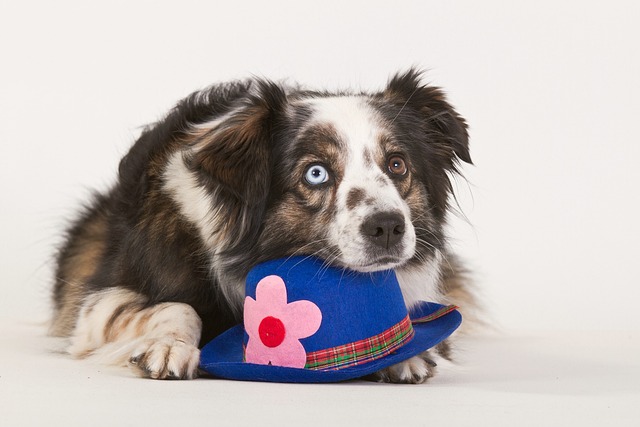
When you come home after a busy day, you open the door and see your dog lying quietly on the floor, wagging its tail and looking at you. The warmth and healing of that moment are the most cherished moments for countless dog owners.
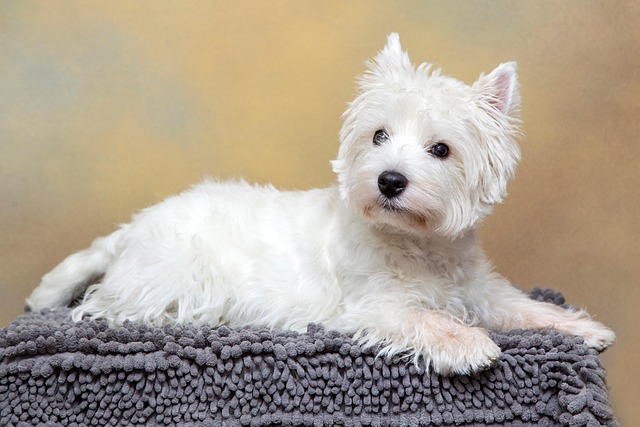
When a dog that is usually lively and active suddenly loses its appetite, becomes listless, or even vomits frequently, every pet owner will be worried that it is intestinal obstruction, a "health killer".
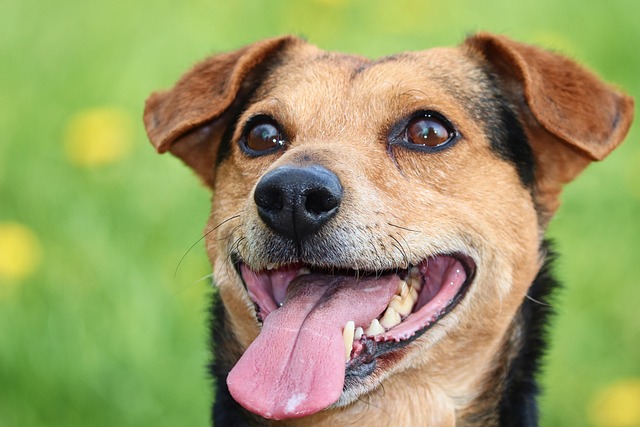
When we caress the furry ears of dogs and enjoy the warm moments of cuddling up with each other, our hearts are filled with happiness.
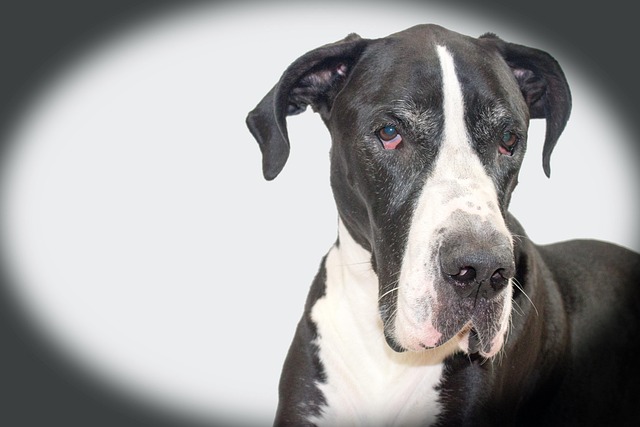
When we see the dog frequently shaking its head, scratching its ears, and even having red and swollen ears with an unpleasant smell,
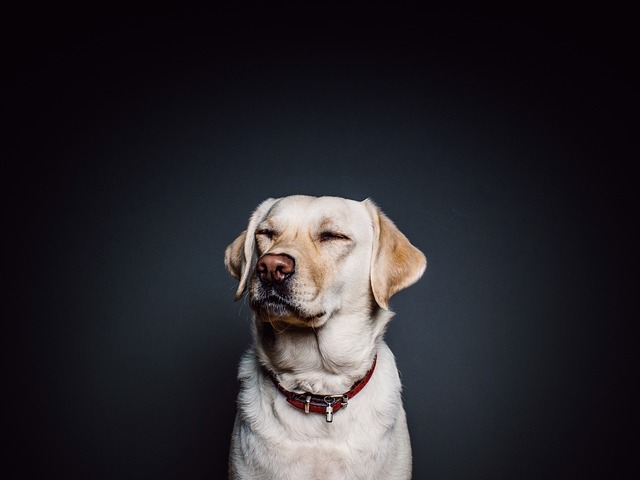
When we pick up the scissors and prepare to trim the hair of our furry babies at home, we are full of expectations and a little nervous. Looking at the trusting eyes of the dogs, we all hope to create a comfortable and beautiful look for them.